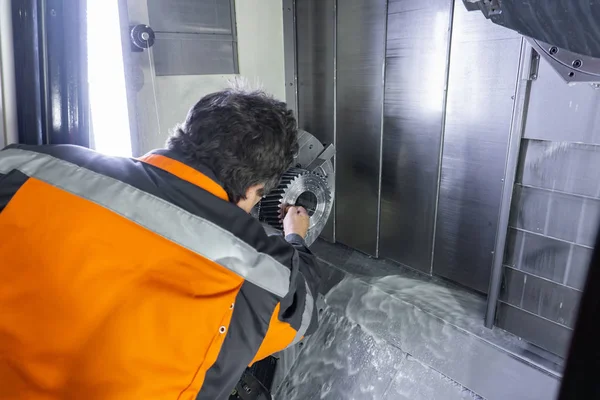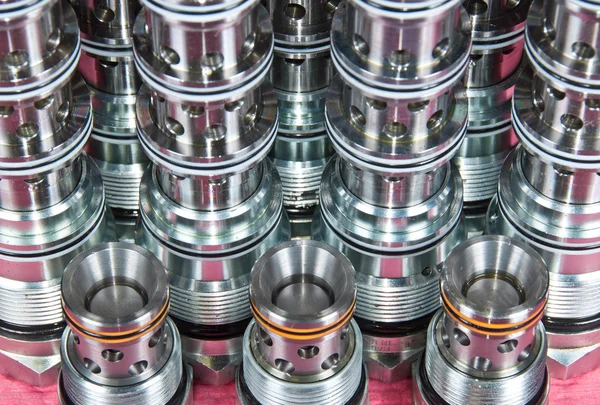Many industrial processes, particularly those in the oil, gas, and power industries, necessitate using pumps that can operate at extremely high pressures. Mechanical seals must be highly reliable while avoiding hazardous emissions to people and the environment.
It would help if you had a dependable solution whether your refinery converts the oil into industrial and consumer products, carries gas over miles of pipeline, or pumps water to provide electricity or cools a heat exchanger. High-pressure pumps, seal support systems, and mechanical seals must be reliable in order for operations to be safe and efficient.
The engineer aims to maintain a steady liquid film between two sliding surfaces under high pressure. Click here if you are looking for quality parts with low prices.
Cartridge Mechanical Seals
Both component seals and cartridge mechanical seals use similar parts. Still, the fixed parts of cartridge seals are already put together in housing, while the rotating parts of component seals are already put together on a shaft-mounted sleeve that is enclosed with an O-ring.
The cartridge seal housing is sealed to the pump housing, which usually takes the place of the gland cover plate with a gasket, an O-ring, or another rubber. Because the parts of a cartridge mechanical seal are already on the sleeve and in the cartridge housing, a part installation mistake will rarely happen.
How much spring strain is put on the seal faces is a significant consideration in whether or not the seal is installed correctly. Technicians can set this tension by hand on component seals by changing the length of the seal spring already in place. With mechanical cartridge seals, the spring force is already set. So that the correct tension is maintained, a holding device keeps the rotating and fixed parts in place until the seal is put in place.
The details of whether or not a cartridge mechanical seal can be used in an application are complicated, but one factor is whether the seal is installed from the wet side or the dry side of the seal chamber. Most of the time, cartridge mechanical seals can’t be used on pumps where the seal is installed from the wet side, behind the rotor.
Advantages of Cartridge Seals
A cartridge mechanical seal is a system with all its parts already put together. Most of the time, this type of seal is made up of a gland, a tube, and other components that let it be put together ahead of time.
The following are the main benefits of using cartridge seals in your pump seal system:
- Installation is simple and easy, so no specialist is required to do the job.
- The danger of axial misplacement and subsequent seal performance concerns was eliminated.
- Possibility of reducing the amount of pump disassembly required for seal replacement.
- It increased operational security as a result of the preassembled seal with fixed axial settings. Remove any measuring inaccuracies.
- Preventing dirt from entering or harming the seal faces
- Possibility of reducing the amount of pump disassembly required for seal replacement.
- Due to the internal shaft sleeve of the seal cartridge, no special shafts are required to operate a balanced seal.
- Easily repairable.

Component vs. Cartridge Seals
Component mechanical seals are made up of separate stationary and dynamic components. Component seals must be installed by qualified personnel because they are not preassembled like cartridge seals are.
The pump technician can manually set the spring tension, and if it is set incorrectly, the seal might rupture, and the pump may need to be disassembled.
Cartridge mechanical seals can be twice as expensive as component sealing. A cartridge seal can be a more economical, long-term solution despite the increased upfront cost. The benefits of using a cartridge seal rather than a component seal are listed below.
Easy Installation
Cartridge seals are simpler to install because all of the components are pre assembled. If a technician fails to tension a spring in a component seal properly, the pump may leak, and the team may be severely weakened.
Cartridge seals come with a holding mechanism to keep the spinning and stationary components in alignment until the seal is attached. It may not seem like much of a benefit to a skilled pump mechanic during a planned pump overhaul, but in an emergency outage, it can be helpful. Easy installation is one of the primary factors to consider, whether you are installing solar panels or even minor setups at home.
Split Seal Designs
The split design of some cartridge seals makes it possible to change the seal with the least amount of pump and motor disassembly. This can significantly cut down on downtime during a critical outage. Split cases and bigger vertical turbine pumps are ideal for divided seals.
Taking the Right Option
A cartridge mechanical seal is a viable option if you are looking for the most economical, long-term approach to pump maintenance, and they expect in-service seal replacement. The transformation from a packing seal to a mechanical seal is also possible by incorporating a cartridge mechanical seal. Component seals and a skilled pump technician are the best choices when the minimal initial cost is crucial.

